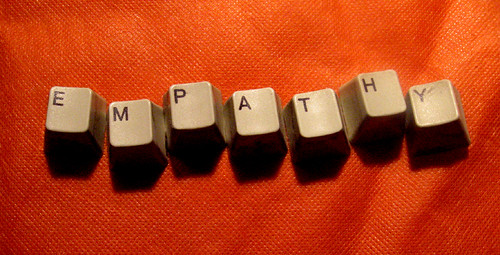Being a teacher for some time, I have seen first hand the impact the adoption of technology has had in teachers' and in students' lives. Having that in mind, one cannot deny that it is important to adopt technology for teaching. In line with this premise, I would like to share something I learned in one of the many interesting presentations at the 2016 TESOL International Convention & English Language Expo in Baltimore, USA. This practice-oriented presentation (by Loni Thorson, Kyla Masciarelli, and Christine Discoe) was entitled "Using Selfies to Promote Language Learning."
What the presenters pointed out was that technology is what students want. Linking the drive to communicate with the technology available to us, selfies are a trend in the world today. One point in favor of using selfies, the presenters argued, is that video chat is a growing trend. This is really true and the proof for that is that if we look around, we will see people making either video or picture selfies almost all the time. Besides that, video chat through Face Time, Skype or other channels are quite frequent among learners young and old. Educators have to admit that this is a sign that people in general are comfortable with this technology. This brings us to the first argument they presented in favor of using selfies as a means to learn a language: classroom comfort.
Classroom comfort informs us that in order to have effective and authentic tasks, students need to be comfortable with the assignment. We observe that students are very comfortable with their cell phones. Actually they are uncomfortable if they don't have them. Social comfort is also important. Students need to be comfortable with the technology (cell phone). Being digital natives, students are used to seeing themselves in videos. They want that image to be curated. We want students to want their image to look good., they want to sound good, their pronunciation to be good, they want their image to look good. We teachers want students to want their image to look good. So, they have a natural desire to self-correct in terms of how they sound and how they look. This is exactly what we teachers want.Video chat is a comfortable environment for them.
When people make a selfie video, they generally explain their surroundings and they give an update on what they are doing, they also explain if they are having a problem or if they are sick. All this updating creates a one to one interaction and, as a result, it increases comfort between students and viewers. A comfortable relationship with the teacher is created through this open communication channel. Besides that, it also creates comfort between students as they see themselves and their classmates in the videos. As time goes by, students that might not have been happy with how they looked or sounded, feel more comfortable seeing and listening to themselves. Some report never have listening to or seeing themselves before. As they report feeling more comfortable doing that.
Why are selfies important?
Some reasons that make us convinced that using selfies in the language is useful relate to comfort and attention. There are two types of attention: inward attention and outward attention. They are mutually exclusive and you cannot have the two going on at the same time. Why is it important to understand this concept when making selfies videos? While making a selfie video, students do not only direct themselves outward, but they also have to direct themselves inward to see what is happening to themselves. They correct themselves during the video and sometimes after the video. This kind of attention works as meter against which they evaluate their performance, and as a result, they record multiple times just to make sure they get it right. They are aware of their own self-presentation and they make more selfies as assessment or a class task, they get more confident of their performance and become more confident and fluent speakers.


